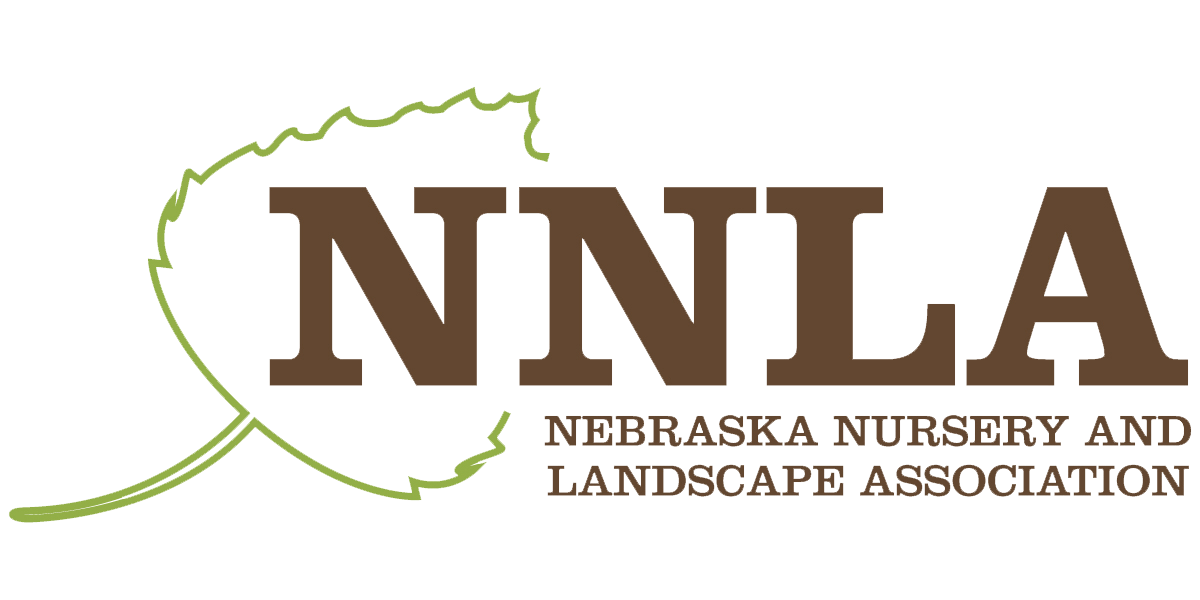Plant native: silky dogwood
Silky dogwood (Cornus amomum) is named for the silky gray hairs that cover the undersides of leaves and twigs.
It has flat-topped creamy white flowers in spring that attract pollinators. The dark green foliage turns a beautiful
reddish-purple to burgundy in fall. Older stems are gray-brown with reddish-brown tips, a highlight in the winter
Greatplants 2024
You voted and now we can announce the winners for the 2024 GreatPlants of the Year! The 2024 Plants of the Year are voted on 3 years in advance so
the winners can be grown or ordered in due time.
Once again you have helped in choosing a great group of plants to promote planting more often in landscapes. As more people think about the
benefits of native plants for living landscapes and locations to purchase those plants, it is good that almost all the GreatPlants winners are native or
near native selections. The only reason a conifer was not native is because we don’t have any more native species to spotlight on the GreatPlants
cumulative list. Oh well, the Japanese white pine is a worthy tree for those looking for a specimen conifer in a smaller space.
Plant Native: Chinkapin Oak
Chinkapin oak grows naturally throughout much of the eastern and midwestern United States, ending in the
southeastern corner of Nebraska. Along the Missouri bluffs it grows on dry wooded hillsides, low slopes and even
limestone outcroppings. As a shade tree it is a sturdy, well-formed oak and a reliable grower, even in the poorest
of sites. The handsome leathery leaves offer a unique texture to any landscape; they’re shiny on top with “sawtoothed” serrated edges. In autumn, the leaves turn yellow before falling, revealing its picturesque branching
structure and ashy-gray bark. The small, chestnut brown acorns are relished by a v
Improving soil, even in the dead of winter
For gardeners who think about spring planting all year long, there are a few chores that can be
done in any season. You may never have done (and may not want to undertake) a soil test, and
you may see it as beyond your scope—especially if you’ve looked at laboratory soil test results,
which tend to be quite complex. But if areas of your landscape are continually struggling, it might
be worth a rudimentary check.
Nursery Dealer Inspections
Spring is almost here, the snow will eventually melt, and greenhouses all over the state will soon be filled with nursery stock, ready for
customers. That means that another sign of spring is just around the corner. Nebraska Department of Agriculture (NDA) entomology
inspectors will begin the rounds of spring nursery dealer inspections.
NDA inspectors visit licensed nursery stock distribution locations and inspect nursery stock to ensure that only sound, healthy stock is
being distributed. The inspectors will verify that the location is correctly licensed. They look for evidence of insect or disease problems,
or structural or mechanical damage to the plant material. Inspectors also look for weed problems in containers and root balls, check
that plants are labeled correctly, and verify compliance with state and federal quarantines.
Receiving & Shipping Plants: What You Should Know
It is the time of year when nurseries are putting together plant orders for the coming spring season or receiving orders to ship plants. If
your business either ships plants to other states or countries or receives plants from businesses outside Nebraska, you should be aware
of requirements for shipping interstate.
Nursery stock shipped from one state to another requires a nursery license indicating the plants were inspected and found free of
injurious plant pests. This license is basically attesting to the general good health of the nursery stock. However, additional certification
is increasingly being required to ensure that insects and diseases of specific concern are not being spread on plants. This additional
certification can be met by adding additional pest declarations to a license or attaching separate documents, either of which will attest
to freedom from specific regulated or quarantined pests.
Spotted Lanternfly: Update on U.S. Distribution
The spotted lanternfly (Lycorma delicatula) is an exotic, invasive insect that was discovered in the United States in 2014. Its native range
includes China and India, and it likely was introduced to the US via trade. Spotted lanternfly was first discovered in Pennsylvania, and
infestations have since been found in Maryland, New Jersey, New York, Delaware, Virginia and West Virginia, and most recently in Ohio.
It has not been found in Nebraska.
Green Ideas for a Long Winter
Nature restores. Taking a walk outdoors after too much time on our many screens—phones, computers,
televisions—can go a long ways toward clearing our minds and changing our moods. Last spring when
we first experienced the isolation and other constraints of covid, we were heading into spring and were
able to get out more. We had things to do in our yards and could be outdoors safely and comfortably
alone or distanced with friends.





